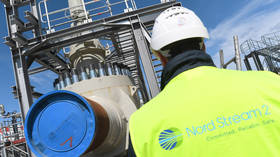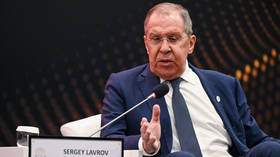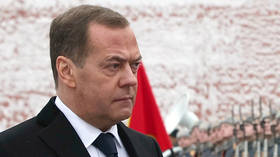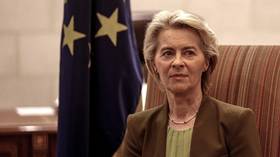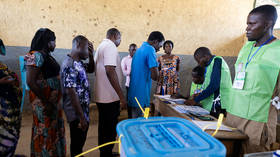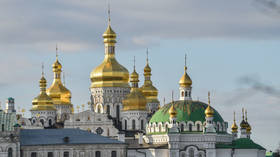EU forced to tap gas reserves amid Russian supply shortfall
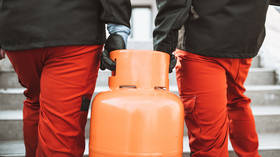
European energy companies have started using gas from underground storage facilities to make up for supplies lost due to maintenance work on Russia’s Nord Stream 1 pipeline.
According to data from Gas Infrastructure Europe (GIE), 85.5 million cubic meters of natural gas were withdrawn from German UGS facilities on July 12.
This exceeded the injection level for the first time since the beginning of April, data showed.
The largest withdrawals were made by German energy major Uniper, Austrian OMV and Norwegian Equinor.
Earlier, Uniper said it did not rule out having to take gas from UGS facilities and reduce supplies as early as this week, while OMV announced a decrease in gas deliveries to Austria by about 70% amid the shutdown.
The situation has been exacerbated by production problems in Norway, Europe’s second largest natural gas supplier after Russia. Equinor’s Sleipner gas field in the North Sea was forced to temporarily halt production this week due to multiple leaks.
Romania and Belgium also started tapping into reserves on July 12, as the shutdown of the Sleipner field also affected supplies to the Zeebrugge gas receiving terminal in Belgium.
As of July 12, the total reserves in Europe's gas storage facilities amounted to 62.57% of capacity, which is about 1.5% lower than the average for this date over the past five years. Currently, Europe has about 67 billion cubic meters of gas. Daily injection rates are roughly two times lower than before the shutdown of supplies via Nord Stream. The pipeline, which is one of the major routes for Russian gas supplies to Europe, is undergoing scheduled maintenance from 11- 21 July. But even before the shutdown it was operating at just 40% capacity because critical pipeline components were not returned to Russia due to Western sanctions.
Currently, the only remaining route for Russian gas supplies to the countries of Western and Central Europe is the transit line through Ukraine. However, those were cut by nearly half in May when Kiev shut down the Sokhranovka entry point, with only the Sudzha transit route still in operation. Gas supplies via Turkish Stream and Blue Stream have not been affected, but they are intended for Turkey and the countries of southern and southeastern Europe.
For more stories on economy & finance visit RT's business section
